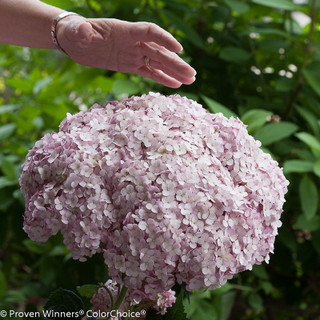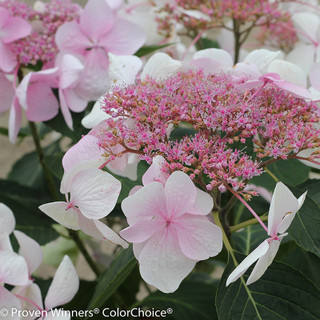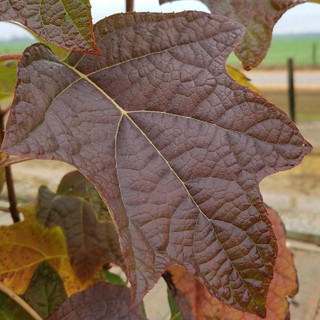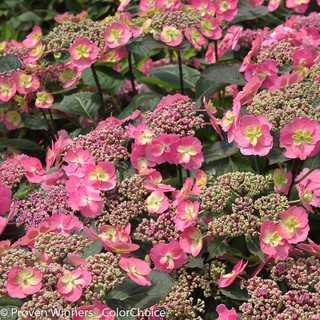Lacecap Hydrangeas
Hydrangea macrophylla normalis
Lacecap hydrangeas (Hydrangea macrophylla normalis) stand out because of the look of the flowers. The flower clusters of small fertile florets with scattered showy sterile florets to form a ring.
Like other hydrangea macrophylla (mopheads), the colors of the flowers are typically pink, blue or purple, depending on the pH of the soil. You can also change the colors of the flowers by amending the soil's pH and turn the flower more blue or pink depending on what you desire.
These unique flowers bloom from early summer through late fall, and go great in areas with afternoon shade and morning sunlight. You can also grow these in garden planters to bring beauty to your deck or porch areas.
Lacecap Hydrangea Varieties
Lacecap Hydrangea Care
Lacecap hydrangeas are in the same class as mophead or hydrangea macrophylla. So the same care instrucations apply to these shrubs. Plant in a location that receives afternoon protection from the sunlight if possible. The soil should be nutrient rich, but also well draining. The plants have above average water requirements, especially during periods of extreme heat. Apply a layer of mulch around the base of the hydrangeas to help retain moisture and add more nutrients to the soil. Fertilize in early spring as new growth emerges. Do not fertilize after August. Read our complete hydrangea care guide below.
Pruning Lacecap Hydrangeas
Lacecap hydrangeas either are reblooming or bloom on old wood. In either case, you should prune in July or early August at the latest. This will ensure you don't trim off next year's flower buds. Pruning isn't necessary, but will help maintain the shaep and size of the plant. For more information, read our complete hydrangea pruning guide below.
Lacecap Hydrangea Form
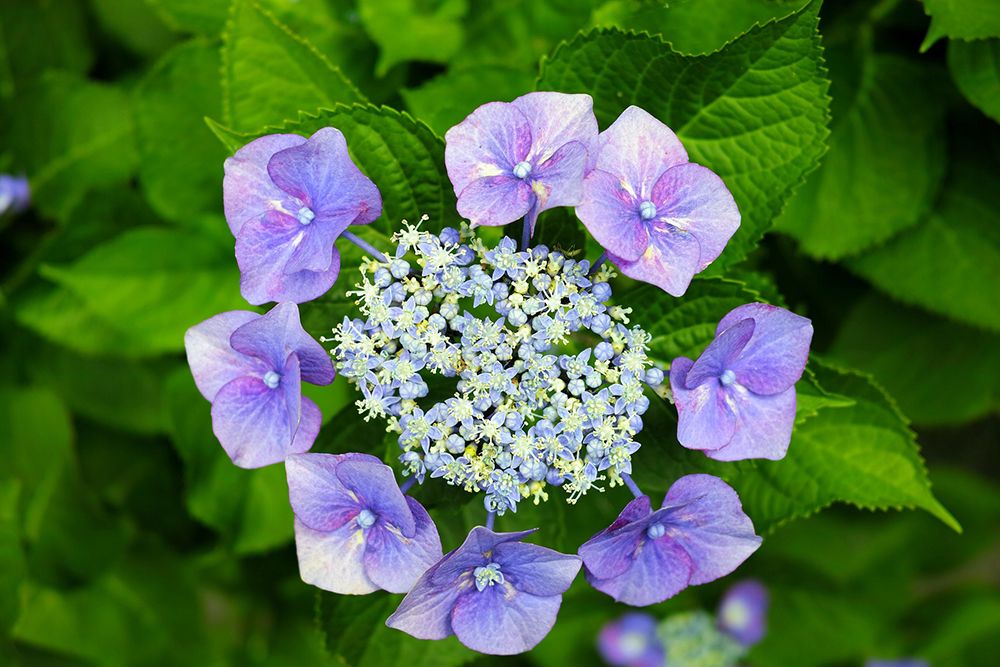
These shrubs should be much more widely grown. They are treated exactly the same as mopheads. In some ways the lacecap is easier than the mophead to place in the landscape because it is looser, more graceful and more subtle in its effect.
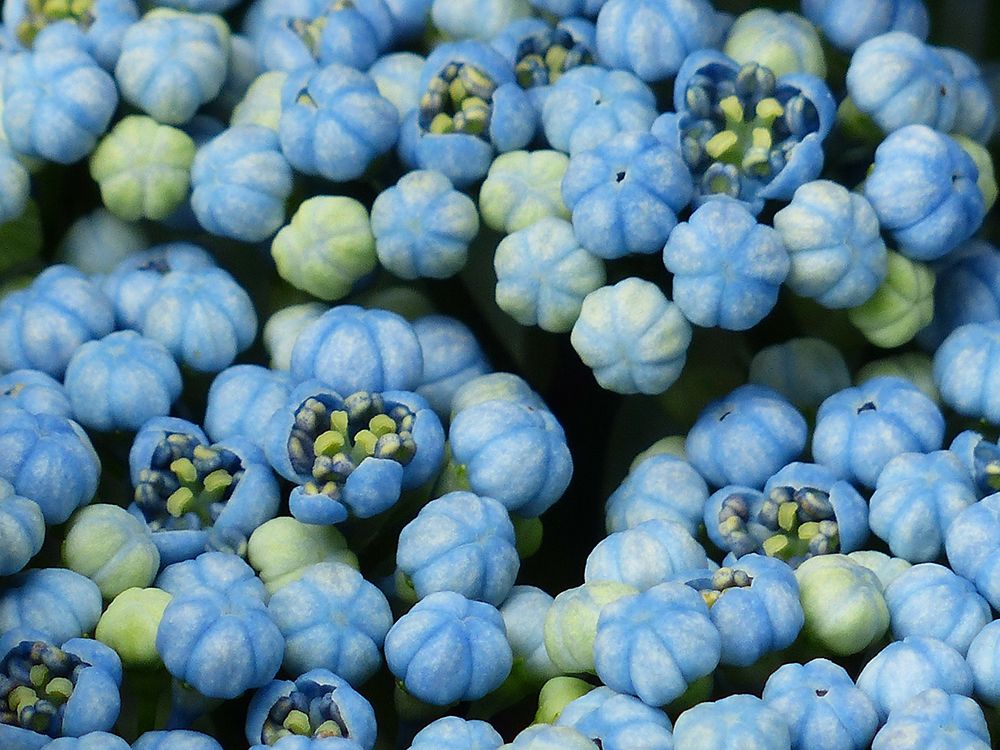
There is no doubt that mature lacecaps can be magnificent. They fit quite naturally into woodland locations, snuggling under and around trees such as dogwoods and other shrubs. I have also seen spectacular single specimens light up a front yard.
Lacecap Hydrangeas and Mophead Hydrangeas are both classified as Hydrangea macrophylla. Both types require the same growing environment.


